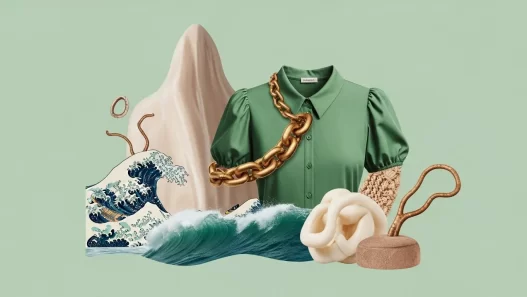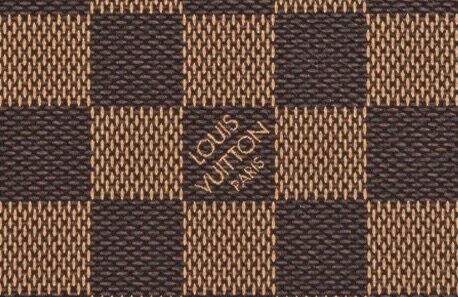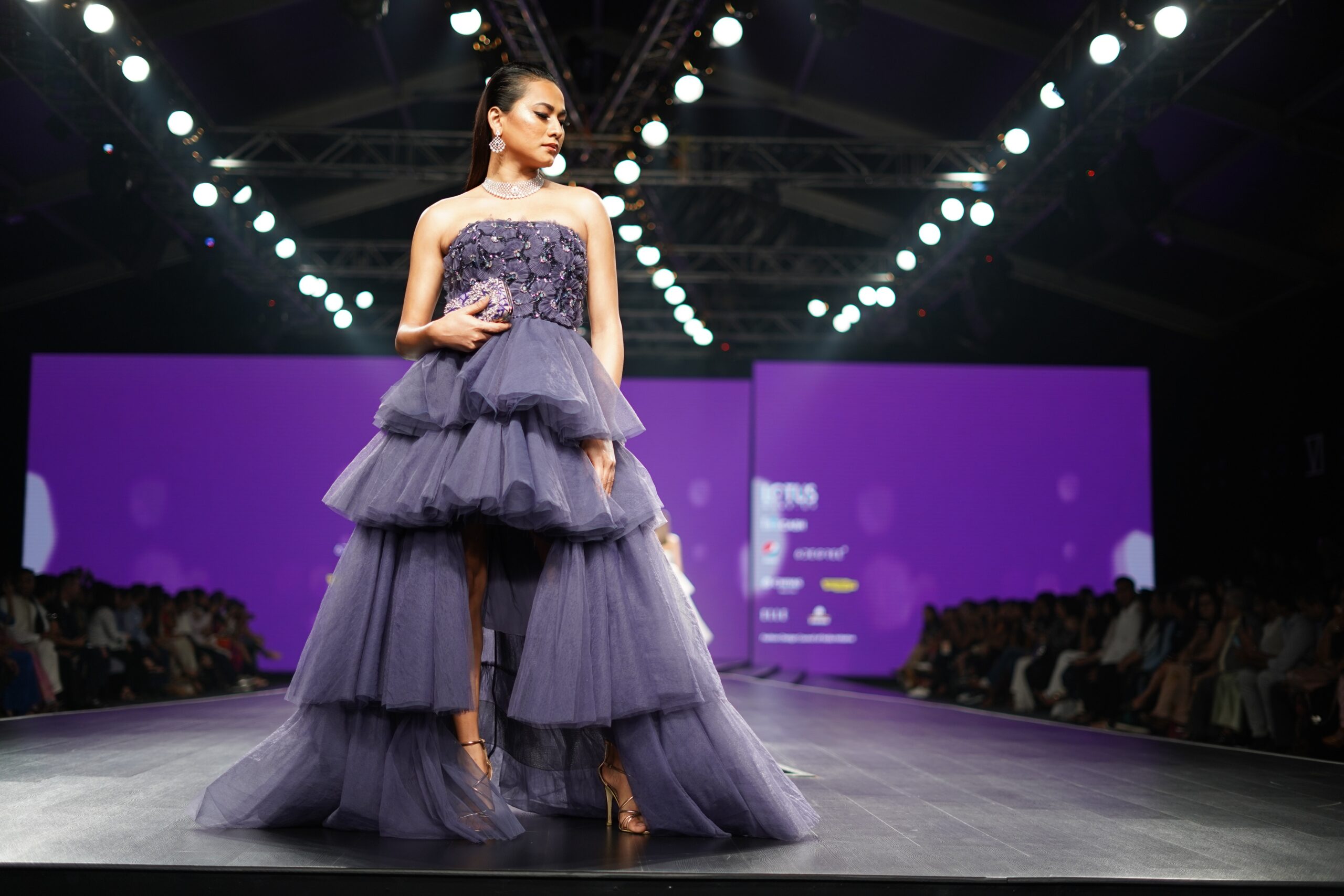Versace dispatched another monogram, Named La Greca, it’s an interpretation of the brand’s legacy Greek Key example turned optical illusion in the class of Balmain’s Labyrinth, Goyard’s Chevrons, or Moynat’s endless Ms. In the film Versace delivered, La Greca had been exploded into a gigantic wooden construction that outlined a runway-style show. Here, models successfully strolled through monograms wearing monogram garments, conveying monogram packs, and decorating with monogram adornments.
Under the ocean of monograms, the articles of clothing themselves were—conversely—a practical proposition for a post-lockdown closet: simple, keen, and genuine. Science fiction texture medicines and styling stuff-like outfits combined with 1970s outlines in a somewhat retro-cutting edge articulation were sponsored by sculptural streetwear shapes and minimal bionic dresses. It was indisputably youthful if the celebrities’ closets of the web-based media age are accepted: scanty hemlines with awkward coats, tone-on-tone dressing, and some extremely brilliant shading minutes. Likewise, heaps of Hadid.
Monograms are essential for that young closet. A stage in Versace’s post-pandemic business system, La Greca could be severe for the brand, which—regardless of its numerous different logos—has come up short on a monogram to rival the material sacks of Louis Vuitton, Christian Dior, Fendi, et al. It goes into the continuous change of Versace from family-determined business into a super brand, arranged by Capri Holdings, which purchased the organization in 2018. A year before that, Donatella Versace had re-accepted the force prints of her image’s mid-’90s prime to extraordinary achievement.
Keeping things design arranged, the new monogram expands that arm; however, it stays unclear if the individuals who relate to Versace will invite it as they did that bona fide reissued prints—and put resources into single V instead of L.V.s. As the show’s projecting proposed—a blend of top models different all around, marked head to toe in the Versace image—the house focuses on the new youth with their estimations of strengthening, liberation, and, undoubtedly, genuineness. Regarding getting youngsters to wear your monograms, an ancestral image of having a place, the last is critical. Under Donatella’s rule, Versace’s validness has shown in her own story. The family estimations of Versace are very much reported past the boundaries of fashion, in T.V. arrangement and film. It’s the image’s unique selling point, a piece of the explanation Donatella’s once-hesitant choice to return to those ’90s prints paid off, with both the organization and retailers proceeding to report development.
Presently, Versace’s test is to interpret that family soul into a consistently developing super brand without looking excessively corporate. For new ages, realness is antonymous with showcasing. Like never before, that implies Donatella—who wasn’t made accessible for input this season—is the central core of Versace. This human association empowers the enthusiastic viewpoint so key to extravagance. Where the corporate implies frigidity, extravagance is initiated by closeness and a feeling of individual association.
Author: Mannat Sardana
 An ambitious, focused and responsible undergraduate law student, pursuing BBA LLB (Hons.) degree from Vivekananda Institute of Professional Studies, GGSIPU, Delhi. She is currently exploring the ever-startling field of law and has developed a strong inclination and interest in subjects of Intellectual Property law, Merger & Acquisition, and Alternative Dispute Resolution. Skilled in Legal Research and Content Writing, Legal Drafting, Office Suite, Adobe InDesign, Public Speaking, Management and Event Planning.
An ambitious, focused and responsible undergraduate law student, pursuing BBA LLB (Hons.) degree from Vivekananda Institute of Professional Studies, GGSIPU, Delhi. She is currently exploring the ever-startling field of law and has developed a strong inclination and interest in subjects of Intellectual Property law, Merger & Acquisition, and Alternative Dispute Resolution. Skilled in Legal Research and Content Writing, Legal Drafting, Office Suite, Adobe InDesign, Public Speaking, Management and Event Planning.
















